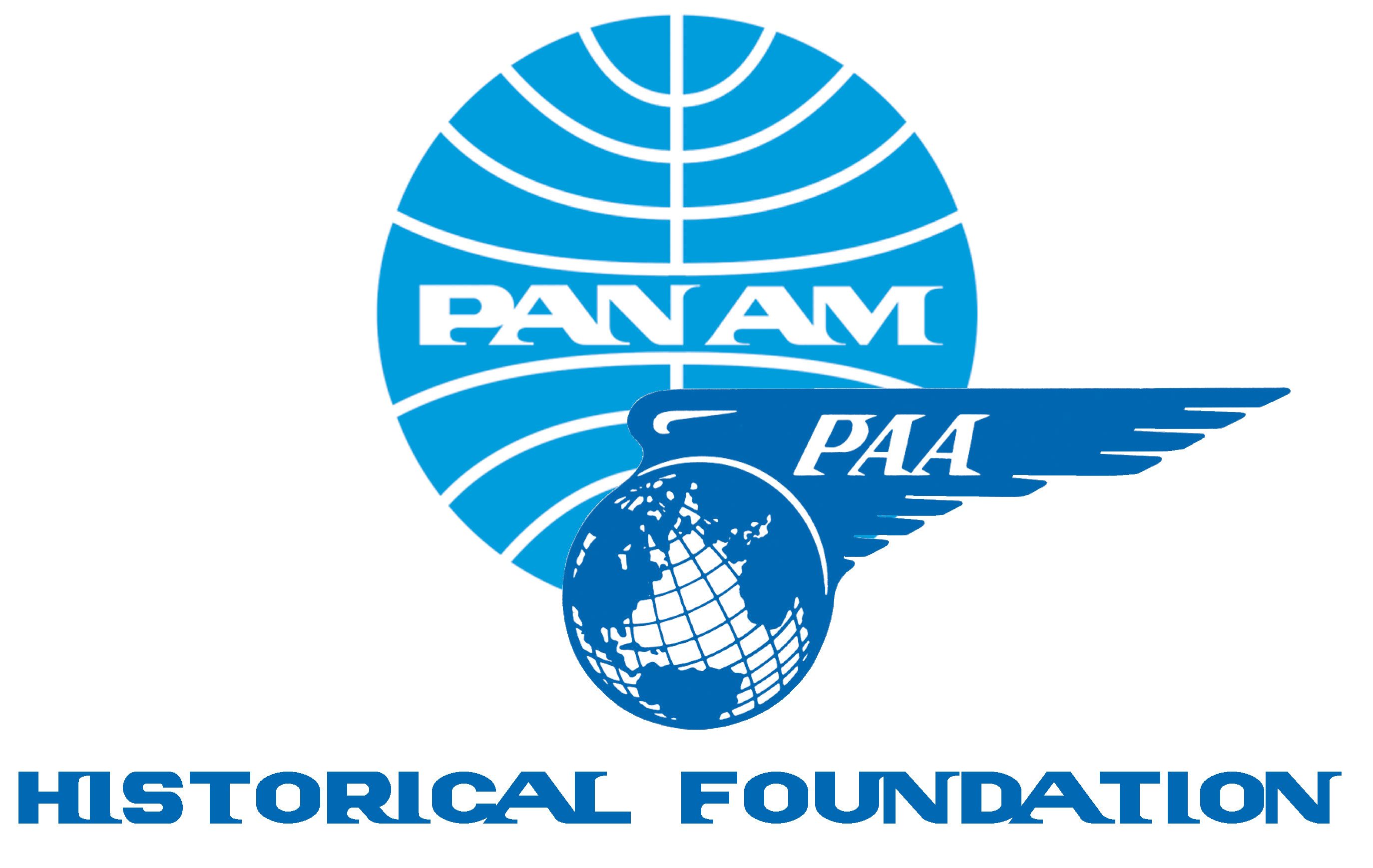PAN AM
ADS
with a Transatlantic Angle

1940s
WARTIME & AFTERWARDS
Overwhelming focus was first on victory in World War II, but that theme quickly segued to one of a brighter tomorrow. Pan Am was ready to make suggestions about some exciting possible destinations, like Paris!
1945 "Today hundreds see Paris by television... Tomorrow thousands will go to Paris by Clipper" (Pan Am Historical Foundation collection).
1945 "Today hundreds see Paris by television... Tomorrow thousands will go to Paris by Clipper" (Pan Am Historical Foundation collection).
International Symbol for a world at Peace (Pan Am Historical Foundation collection).
International Symbol for a world at Peace (Pan Am Historical Foundation collection).
1948 Boeing 377 Stratocruiser cutaway (Reynolds Brown, LIFE Magazine 1948, Duke University, John Hartman Center).
1948 Boeing 377 Stratocruiser cutaway (Reynolds Brown, LIFE Magazine 1948, Duke University, John Hartman Center).
1950s
In many ways, Americans were on top of the world as the 1950s got under way. Pan Am was looking at markets among people beyond those of “means” who were apt to fly on the “President” class service on Boeing B-377 “Straocruisers.” Pan Am was now offering lower fare travel as well, via “Rainbow Service” tourist-class fares. It made sense, as growing numbers of people were earning enough to consider using their new-found discretionary income on new cars, and international travel by air.
Halfway to Europe between Cocktails and coffee, Pan Am 707 ad, 1959 (Pan Am Historical Foundation collection).
Halfway to Europe between Cocktails and coffee, Pan Am 707 ad, 1959 (Pan Am Historical Foundation collection).
1957 Ford Ranchero ad, with Pan Am B-377 Clipper Constitution, New York International (Pan Am Historical Foundation collection).
1957 Ford Ranchero ad, with Pan Am B-377 Clipper Constitution, New York International (Pan Am Historical Foundation collection).
You Really Get Around by Clipper, c. 1950s. Detail of Boeing 377 Brochure, "How to Take an Air Trip Around Europe" (University of Miami Special Collections).
You Really Get Around by Clipper, c. 1950s. Detail of Boeing 377 Brochure, "How to Take an Air Trip Around Europe" (University of Miami Special Collections).
1960s
With the arrival of jets at the end of the ‘50s, international travel boomed. The greater efficiencies of jet aircraft made lower fares possible, and there were more people than ever who saw travel abroad as a great way to enjoy their leisure time as well as gain status in an increasingly globally-conscious world. Pan Am was ready to offer either “value proposition.” It was the “Jet Age,” and Pan Am was THE airline for “jet setters!” And by the close of the decade, even more exciting travel opportunities were on tap with advanced new aircraft coming - the B-747 “SuperJet” and possibly a Supersonic Transport too.
As low as $298 to Europe and back by Pan Am Jet and you're in U.S. hands all the way! 707 Ad. (Pan Am Historical Foundation collection).
As low as $298 to Europe and back by Pan Am Jet and you're in U.S. hands all the way! 707 Ad. (Pan Am Historical Foundation collection).
The jet is fairly common. The airline is one of a kind. 1965 (Pan Am Historical Foundation collection).
The jet is fairly common. The airline is one of a kind. 1965 (Pan Am Historical Foundation collection).
You Can Meet in London Tonight, 707 ad, 1960 (Pan Am Historical Foundation collection).
You Can Meet in London Tonight, 707 ad, 1960 (Pan Am Historical Foundation collection).
1970s
With the arrival of the B-747, the entire face of the airline industry changed. Pan Am’s ads reflected the significance of the new airplane. This made perfect sense, as not only was Pan American deeply involved with the development of the plane, but was the launch customer. It proved to be a game-changer for entire airline industry. The success of the 747 was reflected in its many model variants down the decades for the next half-century.
Travel in style. Dine in Style. Pan Am. 1970. (Pan Am Historical Foundation collection).
Travel in style. Dine in Style. Pan Am. 1970. (Pan Am Historical Foundation collection).
TIME, 1970 The Superjets Take Off (Pan Am Historical Foundation collection).
TIME, 1970 The Superjets Take Off (Pan Am Historical Foundation collection).
1970 The First one has our name on it, Pan Am 747 (Pan Am Historical Foundation).
1970 The First one has our name on it, Pan Am 747 (Pan Am Historical Foundation).
1980s
The Atlantic market remained a strong focus for the company, but it became a time of diminishing horizons for legendary Pan American World Airways. Juan Trippe had left its leadership in 1968, and in the intervening years 'til the start of Pan Am’s final full decade. From then on, the airline struggled through changing leadership and economic headwinds. The 1980s were not kind to Pan Am, and those at the top did not have the answers to keep the airline going. Despite the fact that the Pacific routes were sold off in mid-decade Pan Am's Atlantic market remained important. In 1988 the horrendous terrorist bombing of Flight 103 was a huge blow, from which Pan Am never really recovered. Still, it was a shock to the nation when the airline shuttered its doors and grounded its fleet on December 4th, 1991.
Pan Am's Africa, with zebras, c. 1980 (Pan Am Historical Foundation).
Pan Am's Africa, with zebras, c. 1980 (Pan Am Historical Foundation).
Pan Am Distinctive dining in the Pan Am Style ... it makes all the difference in the world, 1982 (University of Miami Special Collections).
Pan Am Distinctive dining in the Pan Am Style ... it makes all the difference in the world, 1982 (University of Miami Special Collections).
Pan Am Paris, c. 1980 (Pan Am Historical Foundation collection).
Pan Am Paris, c. 1980 (Pan Am Historical Foundation collection).
















